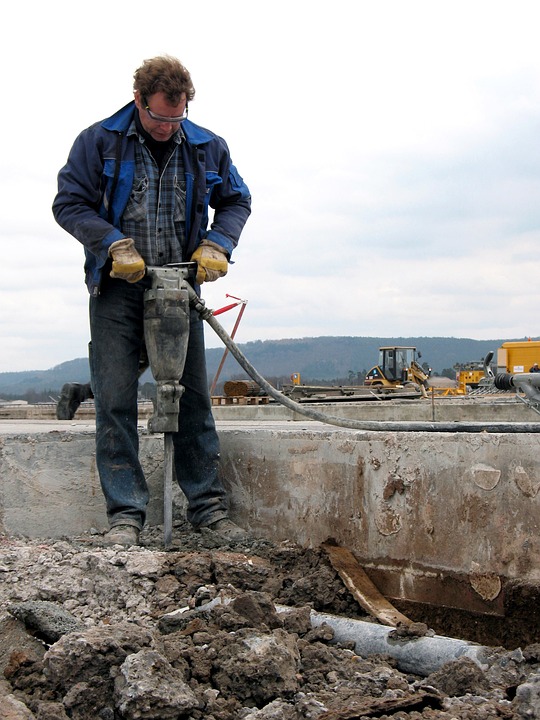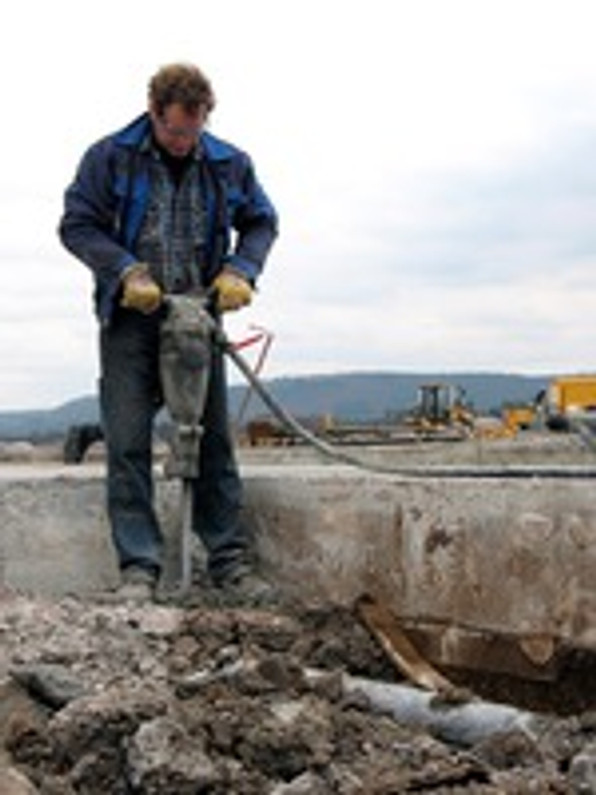Hearing Loss is Most Common Work-Related Injury

What's the most common work-related injury sustained in the United States? No, it's not slip-and-falls, nor is it electrocution. Statistics show that hearing loss is the single most common occupational injury.
Roughly 22 million American workers are exposed to hazardous noise levels while on the job. Furthermore, an additional 9 million workers are exposed to ototoxic chemicals which affect their hearing. To put the problem into perspective, $242 million is spent on worker's compensation for hearing loss injuries each year, according to the Centers for Disease Control and Prevention (CDC).
This begs the question: when is a workplace "too" loud? After all, there's some level of noise in every workplace. Whether it's an office complex or construction site, workers are going to be exposed to noise. When noise levels reach a certain point, however, it can cause significant, permanent damage -- and in some cases, even hearing loss.
The Occupational Safety and Health Administration (OSHA) has limits regarding noise levels in the workplace. For instance, OSHA's permissible exposure limit is 90 dBA for an 8-hour day. If a worker is exposed to noise levels greater than this amount, or for longer than 8 hours, it's a violation of federal law.
Furthermore, the National Institute for Occupational Safety and Health (NIOSH) recommends that workers keep their exposure to noise levels under 85 dBA for 8 hours to minimize the risk of occupational hearing loss. That number is even lower that the standards set forth by OSHA.
Of course, there are other steps that workers and employers can take to protect against occupational hearing loss. One such preventive measure involves replacing loud, outdated machinery and power tools. Older machines and power tools have a tendency to produce more noise, which can in turn increase the risk of occupational hearing loss. By replacing these outdated machines and power tools with newer models, employers can protect workers from hearing loss and similar injuries.
OSHA further recommends placing a barrier between workers and the source of the noise. Granted, this isn't always an option, but if the circumstance allows, utilizing this prevention measure can help reduce the risk of occupational hearing loss.
Workers in loud environments should also wear the necessary hearing protection. Whether it's ear plugs, muffs, bands, etc., workers should wear some type of hearing protection to prevent occupational hearing loss. Click here to shop for hearing protection products.
Recent Posts
-
Fire Safety in the Workplace: What You Need to Know
What steps are you taking to prevent fires in your workplace? According to the U.S. Occupational Saf …Aug 23rd 2023 -
Is It Safe to Go Jogging With a Cold Infection?
If you're suffering from a cold infection, you might be wondering whether it's safe to go jogging. T …Aug 22nd 2023 -
5 Safety Tips to Follow When Using a Powder-Actuated Tool
Powder-actuated tools are commonly used to join materials to steel and concrete. Also known as Hilti …Aug 20th 2023




